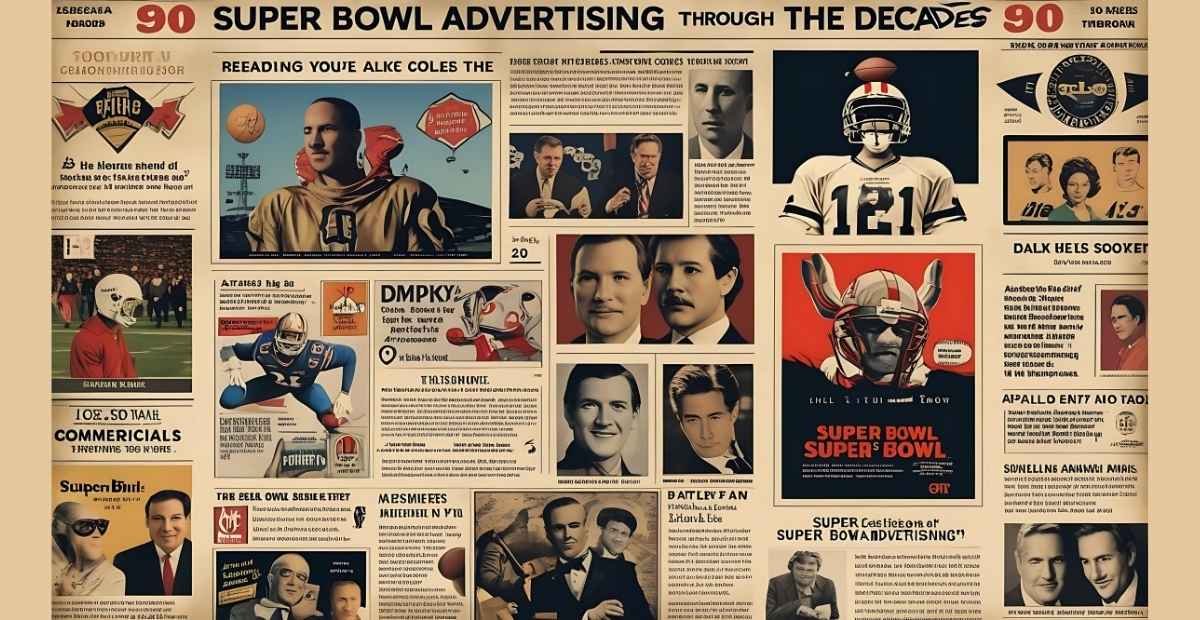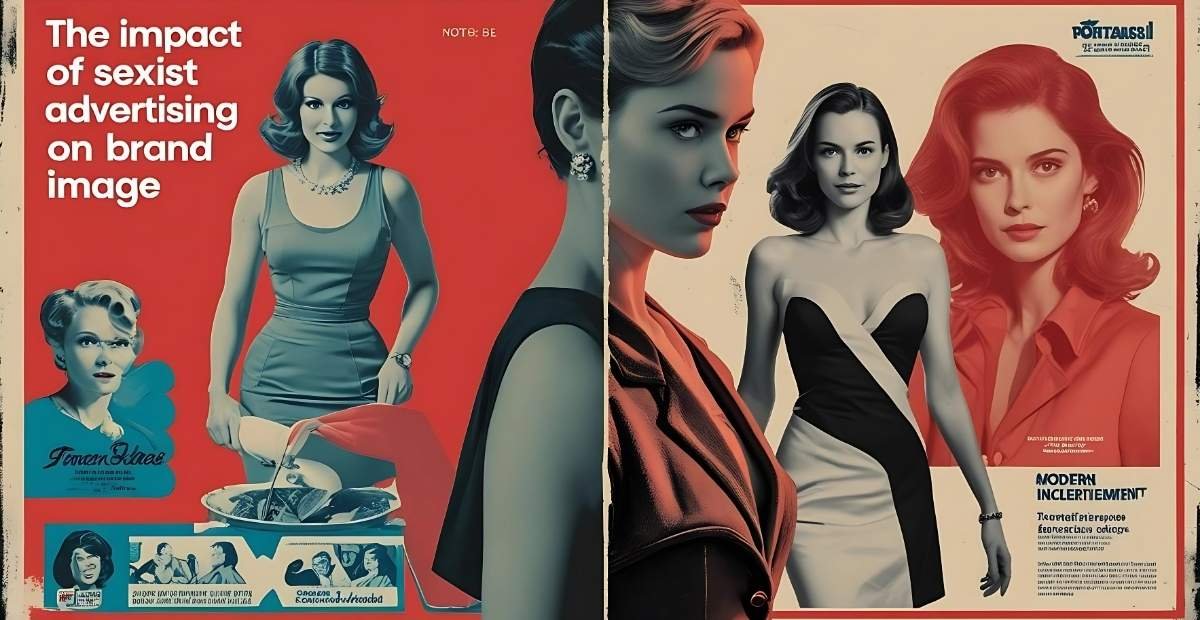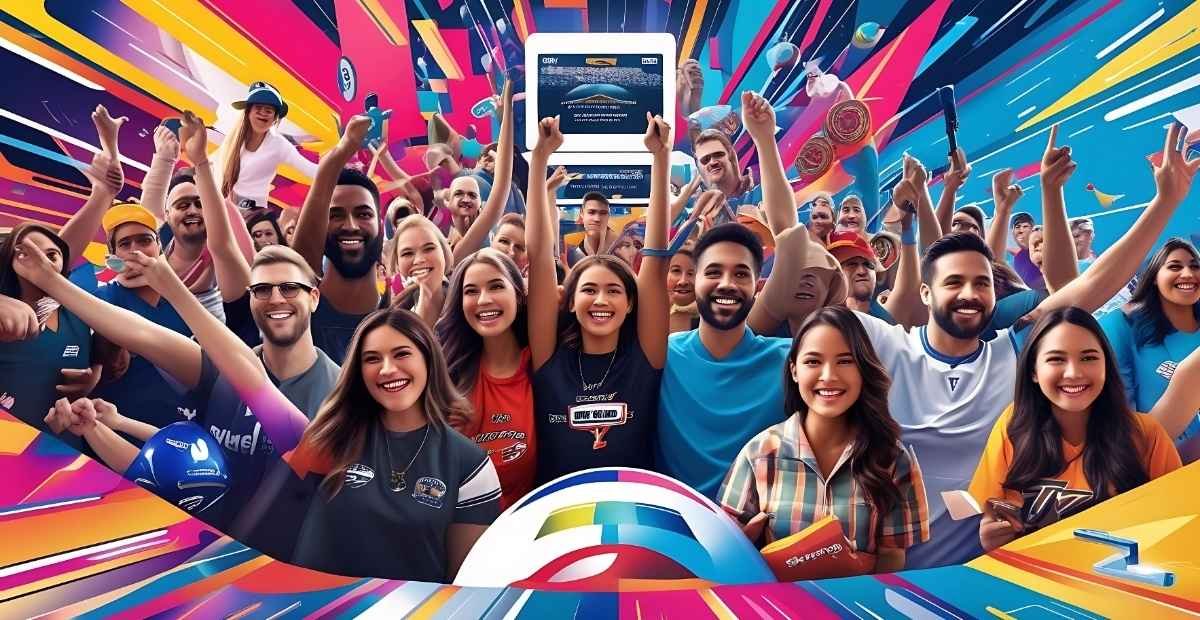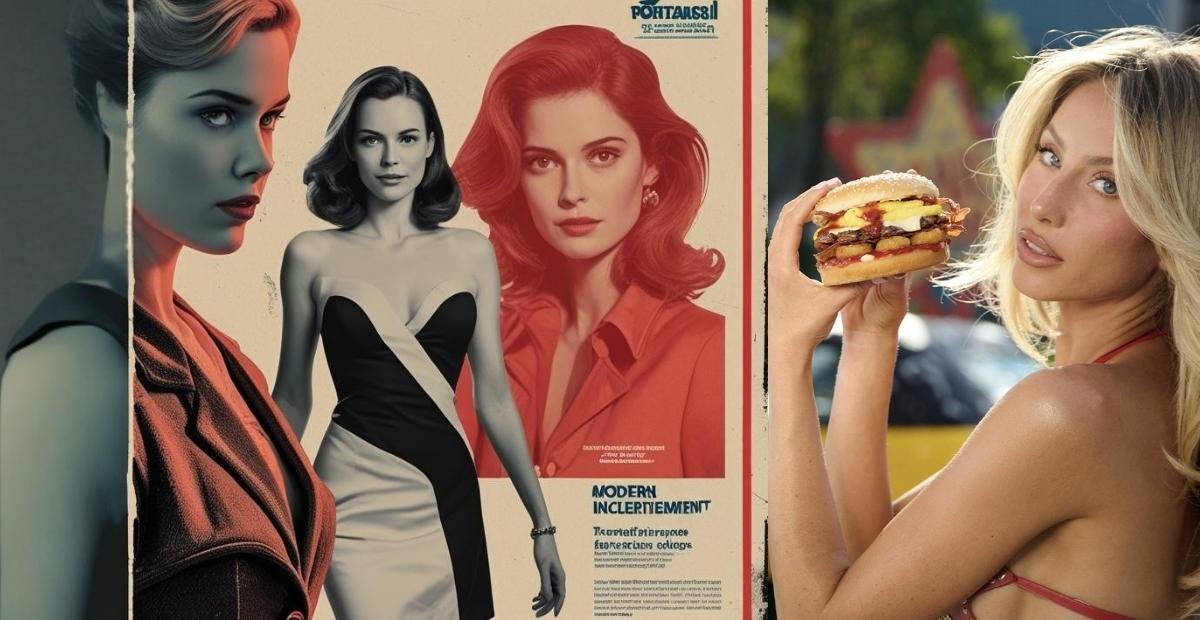Every year, the Super Bowl captivates millions with thrilling football action and, of course, high-profile advertisements. Yet, amid the glitz and glamour, some ads have sparked controversy for perpetuating outdated gender stereotypes and sexist portrayals.
Sexist Super Bowl ads often depict women in overly sexualized or submissive roles, reducing complex identities to simplistic clichés. These ads clash with today’s evolving societal values, where audiences demand respect, diversity, and authenticity.
Historical Context of Super Bowl Advertising
Super Bowl advertising has evolved into one of the most iconic and eagerly anticipated events in marketing history. Since the very first Super Bowl broadcast in 1967, advertisers recognized the unparalleled opportunity to reach millions of viewers in one go.
Early ads were straightforward, focusing on product features and direct sales pitches. But as the Super Bowl grew into a cultural phenomenon, so did the creativity and ambition behind its commercials.

By the 1980s and 90s, Super Bowl ads became mini-blockbusters combining storytelling, humour, and star power to entertain as much as inform. Brands invested millions to craft memorable spots that audiences would talk about long after the game ended.
Today, Super Bowl ads are a blend of art and strategy, setting trends in advertising creativity and technology.
This rich history reflects how brands continually push boundaries to capture attention during one of the most-watched broadcasts globally, turning commercials into must-see entertainment.
Analysis of Notable Sexist Ads: Case Studies
Sexist ads have sparked heated debates, especially during high-profile events like the Super Bowl. Several notable campaigns have faced backlash for perpetuating stereotypes that diminish women or portray them in objectifying roles. For example, a widely criticized ad showed women in overly sexualized situations, reinforcing outdated clichés rather than celebrating empowerment. Another campaign was called out for sidelining women entirely, presenting a male-centric narrative that ignored diversity.
These case studies reveal common pitfalls: reliance on gender stereotypes, lack of authentic representation, and failure to align with evolving social values. Brands that stumbled in this area often faced public outrage, negative media coverage, and damage to their reputation.
However, these controversies also served as wake-up calls, prompting advertisers to rethink their approach.
Today, many brands use these lessons to craft more inclusive, respectful, and empowering campaigns that resonate with modern audiences, proving that advertising can evolve beyond outdated biases to celebrate genuine diversity.
The Impact of Sexist Ads on Brand Image
Sexist advertisements can inflict serious damage on a brand’s image, sometimes irreparably. When ads rely on outdated stereotypes or objectify women, they risk alienating a large portion of their audience particularly in today’s socially conscious market.
Consumers expect brands to reflect modern values of diversity, equality, and respect. Failure to do so leads to backlash on social media, negative press, and boycotts, all of which tarnish the brand’s reputation.
Moreover, sexist ads can overshadow the product itself, diverting attention from the brand’s message to controversy. This often results in lost sales and eroded customer trust.
In contrast, brands that embrace inclusive and empowering advertising foster loyalty, build positive associations, and gain competitive advantage.
The lesson is clear: sexist ads not only harm public perception but also undermine long-term business success. A brand’s commitment to respect and authenticity is essential in cultivating a strong, lasting connection with its audience.

Audience Reception: How Viewers Respond to Sexist Ads?
Viewers today are more vocal and discerning than ever, and sexist ads often ignite immediate and intense reactions. Instead of generating buzz for the brand, these ads frequently provoke outrage, disappointment, and widespread criticism across social media platforms.
Audiences call out brands for perpetuating harmful stereotypes, reducing women to mere objects, or ignoring the importance of diversity and respect.
This backlash can go viral, turning a poorly conceived ad into a public relations crisis that overshadows the brand’s marketing goals. Younger consumers, especially Gen Z and millennials, tend to reject brands that don’t align with their values, often sharing their disapproval with large online communities.
Conversely, brands that listen to their audience and promote inclusive, empowering messages receive praise and stronger loyalty.
Ultimately, viewer responses to sexist ads highlight a cultural shift: audiences no longer tolerate disrespect or narrow portrayals, demanding advertising that reflects real, diverse experiences with authenticity and care.

Gender Representation in Super Bowl Advertising
Gender representation in Super Bowl advertising has become a spotlight issue as audiences demand more diversity and authenticity.
Historically, many Super Bowl ads leaned heavily on traditional, often stereotypical portrayals of men and women men as dominant decision-makers and women as accessories or objects of desire. However, this outdated approach is rapidly losing ground.
Today, advertisers face growing pressure to showcase a broader spectrum of gender identities and roles. Progressive campaigns now highlight empowered women, break gender norms, and celebrate inclusivity, reflecting society’s evolving values.
This shift isn’t just about ethics, it’s smart business. Brands that embrace authentic gender representation resonate more deeply, creating emotional connections that drive loyalty.
Yet, challenges remain. Some ads still slip into clichés or tokenism, risking backlash. The Super Bowl, with its massive viewership, offers a unique platform to set new standards, making gender representation not just a trend but a necessary evolution in advertising that champions respect, diversity, and real stories.
The Role of Social Media in Amplifying Criticism
Social media acts as a powerful megaphone, instantly amplifying criticism and turning individual voices into global conversations. When controversial or sexist ads air, viewers no longer stay silent; they take to platforms like Twitter, Instagram, and Facebook to express their opinions, often with lightning speed.
A single tweet can spark viral outrage, leading to widespread backlash that traditional media can’t match.
This real-time response creates pressure for brands to address concerns swiftly or risk long-term reputation damage.
Social media also empowers consumers to hold companies accountable, demanding more inclusive, respectful advertising. Hashtags, memes, and video reactions multiply the reach and impact of criticism, turning it into a cultural moment.
On the flip side, social media offers brands a chance to engage directly, apologize, or explain their stance, turning potential crises into opportunities for growth.
Ultimately, social media transforms advertising criticism from isolated complaints into influential movements shaping the future of marketing.
Alternatives to Sexist Advertising: Successful Campaigns
The future of advertising shines brightest when brands ditch outdated sexist tropes and embrace creativity that uplifts and inspires. Successful campaigns today prove that empowering messaging and authentic representation not only resonate better but also boost brand loyalty and sales.
Take Dove’s “Real Beauty” campaign, which celebrated diverse body types and sparked a global conversation about self-acceptance. Or Nike’s “Dream Crazier,” spotlighting fearless female athletes breaking barriers, blending motivation with inclusivity.
These campaigns focus on strength, diversity, and real stories moving beyond surface-level appeal to connect emotionally. Brands like Always with their “Like a Girl” ads challenge harmful stereotypes and encourage confidence.
By prioritizing respect and authenticity, these advertisers build trust and foster meaningful engagement.
The takeaway? When brands champion positive, inclusive narratives, they create powerful, lasting impressions. Sexist advertising is no longer the norm; instead, brands succeed by celebrating empowerment, diversity, and genuine human experiences.
The Future of Super Bowl Ads: Trends and Expectations
The Super Bowl ad landscape is rapidly evolving, reflecting changing consumer values, technological advancements, and cultural shifts. Audiences increasingly demand ads that are not only entertaining but also authentic, inclusive, and socially conscious.
Expect brands to spotlight powerful stories celebrating diversity, sustainability, and empowerment, as superficial messaging falls flat with savvy viewers.
Interactive experiences, augmented reality (AR), and digital integrations are set to play major roles, transforming passive viewing into immersive engagement. Advertisers will leverage real-time social media reactions, turning campaigns into dynamic conversations that adapt to viewer feedback instantly.

Personalization and hyper-targeting will rise sharply, using data analytics to create ads uniquely tailored to specific audience segments. Influencer partnerships will remain strong, emphasizing authenticity and trust.
Ultimately, successful Super Bowl ads will blend creative storytelling, cutting-edge tech, and cultural relevance, proving that the future belongs to brands brave enough to push boundaries and deeply connect with audiences.
Conclusion
Advertising holds immense power in shaping societal values and consumer behaviour. As audiences become more socially conscious and diverse, the demand for ethical, inclusive, and respectful advertising has never been stronger. The era of outdated stereotypes and sexist portrayals is rapidly fading, making way for campaigns that celebrate authenticity, equality, and empowerment.

